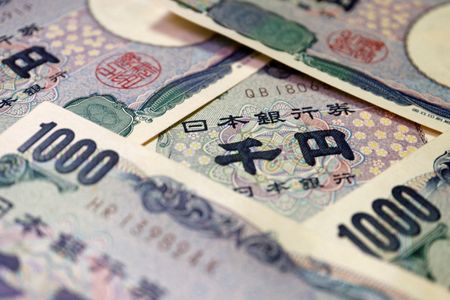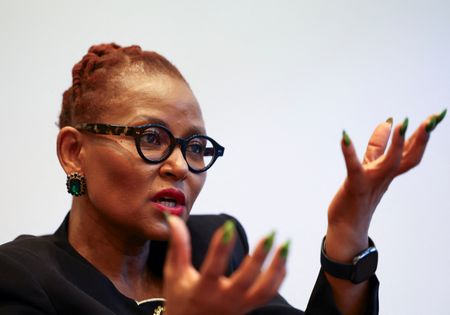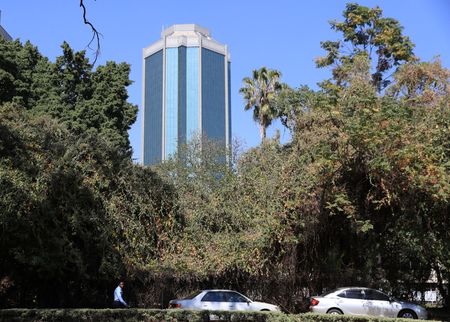By Brigid Riley
TOKYO (Reuters) -The yen climbed to a nine-week high as market players piled on bets for more interest rate hikes in Japan this year, while the U.S. dollar and other major currencies trod water ahead of U.S. monthly payrolls figures due later in the day.
After a volatile week punctuated by back-and-forth market-moving headlines on U.S. tariff threats, traders settled in for the U.S. jobs data while they kept a wary eye on geopolitics and U.S. President Donald Trump’s broad policy moves.
The U.S. labour market has remained resilient. Economists polled by Reuters expect the unemployment rate in January to have stayed steady at 4.1% while projecting the economy added 170,000 jobs.
But analysts say that January employment data may be difficult to interpret.
Commerzbank analysts pointed out that “significant revisions” made to population growth by the U.S. Census Bureau in December could “complicate the market’s reactions.”
“We could see large revisions in the monthly employment data,” they wrote in a research note to clients.
Dallas Fed Bank President Lorie Logan on Thursday signalled she was ready to keep rates on hold for “quite some time” even if inflation drops closer to the Fed’s 2% goal, as long as the labour market does not falter.
The dollar index, which measures the U.S. currency against the yen, sterling and other major peers, stood flat at 107.71 after soaring as high as 109.88 on the back of U.S. tariff threats earlier this week.
The yen was riding its own wave on expectations of continued rate hikes by the Bank of Japan. Against the yen, the dollar was steady at 151.555. The currency pair broke below 151 for the first time since December 10 in early Asian trade.
The strong rate-hike driven momentum, supported by wage data earlier this week, has the yen on track for its best week against the dollar since late November.
Adding to the higher rates expectations were comments by Bank of Japan board member Naoki Tamura, one of the board’s most hawkish members, who said on Thursday the central bank must raise rates to at least 1% in the latter half of fiscal 2025.
Barclays strategist Shinichiro Kadota and Lhamsuren Sharavdemberel anticipate further downside for dollar/yen in the near-term, with focus on the results of Japan’s wage negotiations.
“We expect Japan’s annual spring wage negotiations to produce another solid 5% hike this year while inflation remains above the 2% target, which should keep the BOJ on the hawkish side,” they wrote in a note.
Elsewhere, the early days of the Trump administration have kept investors on edge. Trump suspended planned tariff measures against Mexico and Canada this week, but imposed additional 10% levies on imports from China.
The offshore yuan held around 7.2902 against the dollar, staying within its recent range though downside risks persist.
On the U.S. monetary front, Fed officials are weighing Trump’s policies as they try to figure out where to take interest rates.
Markets currently see about a 43% chance that the Fed will deliver a quarter-point cut in July, according to the CME FedWatch tool.
Investors are weighing two rate reductions in total for 2025, with around 44 basis points of cuts priced in.
The euro was little unchanged at $1.0385, while sterling was flat at 1.2438.
(Reporting by Brigid RileyEditing by Shri Navaratnam)









